The West Coast of the United States is blessed with an abundance of natural wonders, and among the most captivating are its national parks.
Unlike the eastern United States, shaped by rolling hills and deciduous forests, the west coast is a land of extremes. Volcanic activity, glacial sculpting, and a drier climate have resulted in a wildly different landscape.
Here, towering granite cliffs plunge into glacier-carved valleys, geothermal wonders erupt from the earth’s crust, and towering redwoods stand as silent sentinels to the passage of time. From the temperate rainforests of Washington to the arid deserts of California and the stark beauty of Death Valley, these parks showcase the remarkable geological forces that have shaped the West.
Best National Parks on the West Coast USA
There are roughly sixty National Park Service units, including National Parks, National Monuments, and Seashores, stretching from California to Washington. This creates a wealth of options for travelers, making it hard to pick just one “best” National Park. However, some perennial favorites stand out due to their unique features and experiences.
✨Check our US West Coast Vacation Packages to tour multiple national parks with ease!
Here’s a glimpse at 20 of the best West Coast National Parks, sure to ignite your wanderlust:
1. Olympic National Park, Washington
Olympic National Park is a wonderland where glaciers carve valleys, moss drapes ancient rainforests, and wild ocean waves pound the dramatic coastline. Hike through the ethereal Hoh Rain Forest, a contender for the title of quietest place in the US, kayak past sea stacks teeming with wildlife, or witness the power of nature at Rialto Beach, a haven for storm watchers drawn to the dramatic waves crashing against iconic driftwood.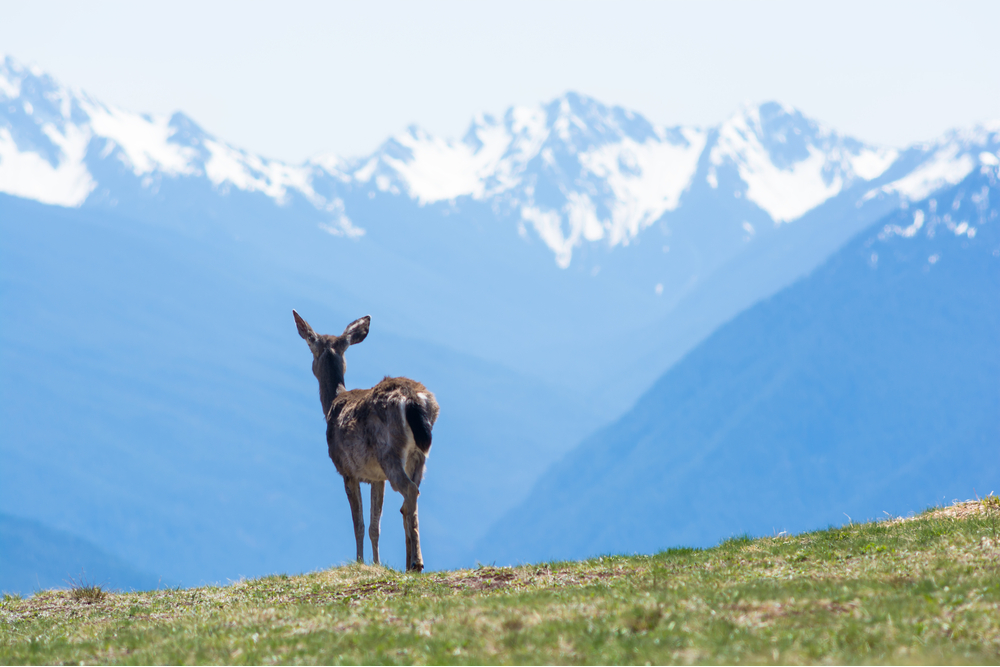
2. Sequoia and Kings Canyon National Parks, California
Protected together, these neighboring parks are home to the world’s largest trees by volume. Tunnel through the hollow trunk of the Fallen Monarch, hike among towering sequoias in Grant Grove, or camp beneath a canopy of giants. Kings Canyon National Park offers stunning views of sculpted granite cliffs, including the famous Kings Canyon National Park. Stargazing is another popular activity here, with astronomy programs offered by the park rangers.
3. Mount Rainier National Park, Washington
Dominated by the iconic Mount Rainier, a glacier-capped behemoth, this park offers stunning scenery for all. Hike wildflower meadows bursting with color, explore subalpine lakes reflecting the mighty peak, or challenge yourself on a climb to witness the glaciers firsthand (with proper training and permits, of course!).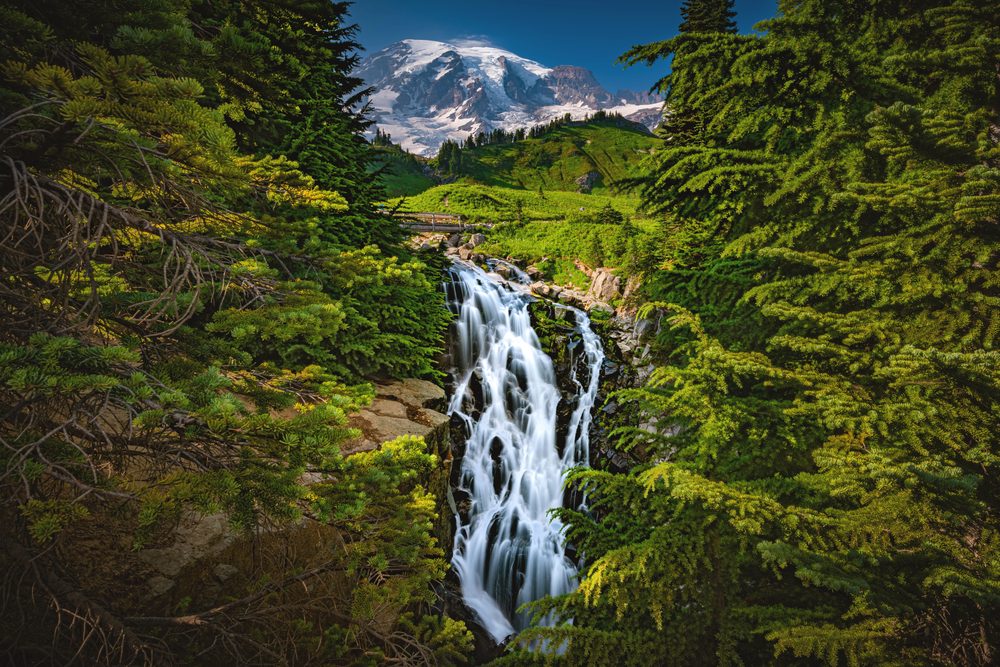
4. Mount St. Helens National Volcanic Monument, Washington
Mount St. Helens is a living laboratory of volcanic activity, where visitors can witness the ongoing process of landscape renewal following the cataclysmic eruption of 1980. Today, the mountain stands as a testament to the power of nature’s forces, with its crater still steaming and new life slowly reclaiming the barren landscape. Hiking trails lead through the blast zone, offering glimpses of the mountain’s past and its future.
5. Redwood National and State Parks, California
Witness towering giants here! Stand in awe beneath the world’s tallest trees, the coast redwoods, some reaching an astounding 300 feet. Explore the Redwood Creek Trail, a favorite among cyclists, or embark on a bioluminescent kayaking tour at night – a magical experience paddling amidst the gentle glow of plankton in the water.
6. Yosemite National Park, California
Yosemite is a crown jewel of the National Park System, famed for its granite cliffs, cascading waterfalls (Horsetail Fall’s fiery display in February is a major draw!), and ancient giant sequoia groves. Hike to the top of Half Dome or Glacier Point for jaw-dropping panoramas, or simply marvel at the power of Yosemite Falls, one of the tallest waterfalls in North America.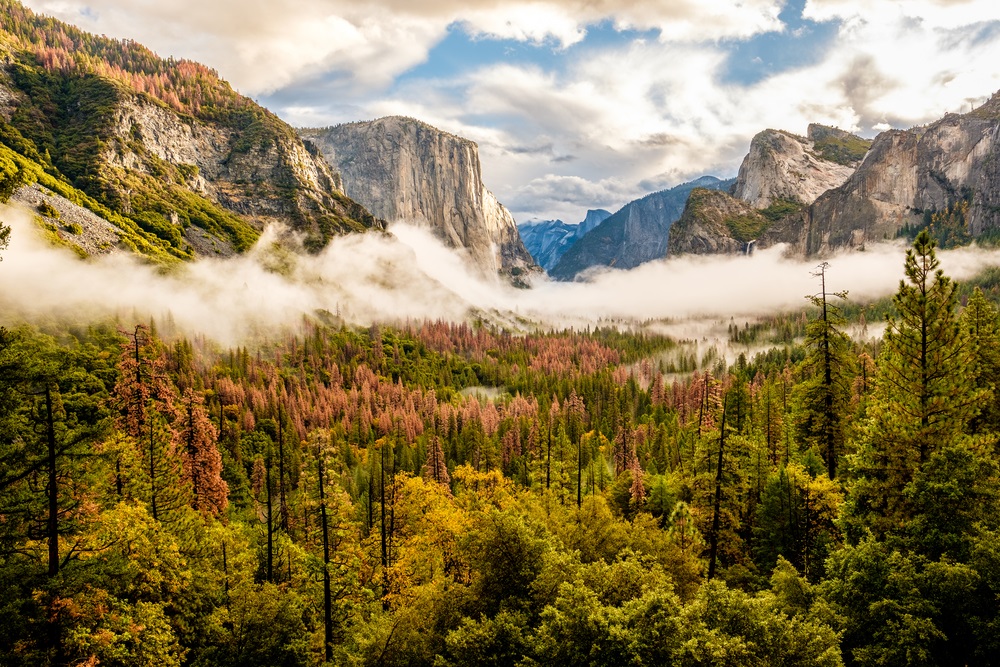
7. Joshua Tree National Park, California
Enter a surreal landscape of twisted Joshua trees and otherworldly rock formations at Joshua Tree National Park. Located where the Mojave and Colorado deserts converge, this desert paradise offers a playground for rock climbers, stargazers, and desert adventurers. Recent years have seen a surge in popularity, thanks in part to its Instagram-worthy vistas and the growing interest in desert tourism. Visitors can marvel at the star-studded skies, explore hidden oases, and discover the park’s rich biodiversity, including elusive desert wildlife and vibrant wildflowers.
8. Death Valley National Park, California & Nevada
Death Valley is a place of stark beauty and rugged terrain, where the silence is broken only by the whisper of the wind and the occasional rumble of a passing dust devil. Explore otherworldly landscapes of sand dunes, salt flats, and colorful rock formations like Badwater Basin and Zabriskie Point. Be sure to stargaze at night – Death Valley boasts some of the darkest skies in the lower 48 states.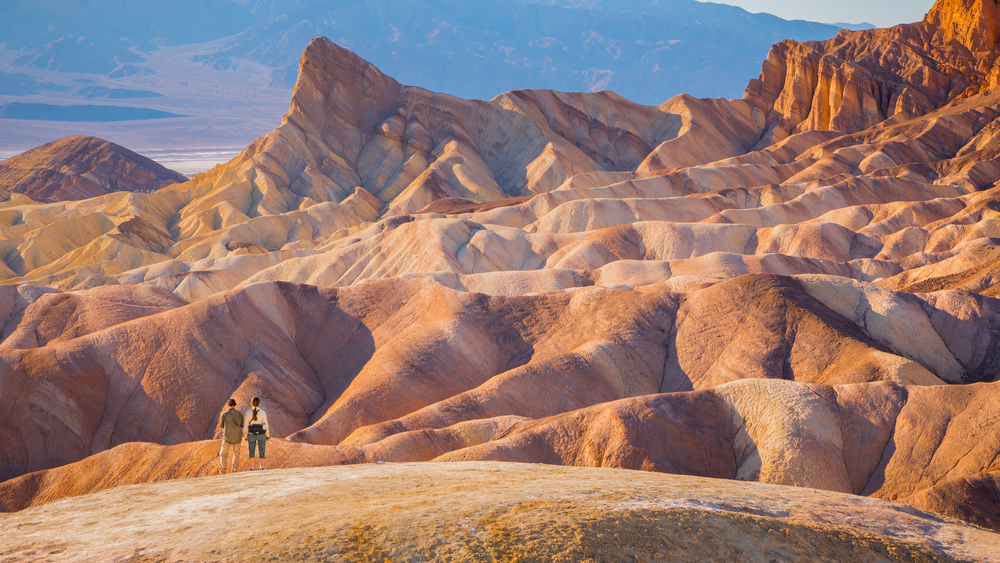
9. Lassen Volcanic National Park, California
Lassen Volcanic National Park is a wonderland of geothermal features and volcanic peaks. Hike past steaming fumaroles and bubbling mud pots, explore Lassen Peak, the only active volcano in the Cascade Range, or soak in a naturally heated pool.
10. Channel Islands National Park, California
Channel Islands is a remote and wild archipelago off the coast of Southern California, teeming with biodiversity and natural beauty. Visitors can explore the rugged coastline, hike through windswept coastal bluffs, and snorkel in crystal-clear waters filled with vibrant marine life. With its pristine beaches, hidden sea caves, and abundant wildlife, Channel Islands offers a true escape from the hustle and bustle of mainland life.
11. Pinnacles National Park (California)
Pinnacles National Park is a rugged wonderland of towering rock spires, hidden caves, and breathtaking vistas. Formed by volcanic activity millions of years ago, this unique landscape offers endless opportunities for exploration and adventure. Hikers can traverse the High Peaks Trail, winding through narrow canyons and scrambling up rocky slopes to panoramic viewpoints. Climbers flock to the park to test their skills on the sheer cliffs and challenging rock formations. Wildlife enthusiasts will delight in spotting California condors soaring overhead, while birdwatchers can observe a variety of species in the park’s diverse habitats. With its stunning scenery and abundant recreational opportunities, Pinnacles is a hidden gem just waiting to be discovered.
12. North Cascades National Park, Washington
Discover the wild beauty of the North Cascades, where jagged peaks, pristine alpine lakes, and lush forests create a landscape of unparalleled beauty. This is a place where you can hike through remote wilderness, paddle across crystal-clear waters, and marvel at the rugged grandeur of the mountains. Whether you’re exploring the breathtaking vistas along the North Cascades Highway, embarking on a backcountry adventure, or simply soaking in the serenity of the wilderness, North Cascades National Park offers endless opportunities for adventure and exploration.
13. Crater Lake National Park, Oregon
Crater Lake National Park is home to Crater Lake, a deep, pristine caldera lake formed by a collapsed volcano. Formed by the collapse of a volcanic caldera, Crater Lake’s pristine waters beckon visitors to immerse themselves in its breathtaking beauty. Recent years have seen a rise in adventure travel, with visitors flocking to the park for hiking, camping, and water activities. Whether gazing out over the impossibly blue waters from Rim Village, embarking on a scenic drive along the rim, or hiking to hidden waterfalls and viewpoints, Crater Lake promises an unforgettable journey into the heart of Oregon’s natural wonders.
The next ones are technically not on the West Coast, but are popular destinations often included in West Coast National Park road trips
14. Yellowstone National Park, Wyoming, Montana, Idaho
Welcome to the wild heart of the American West! Yellowstone is a land of geothermal wonders, where bubbling mud pots, erupting geysers, and colorful hot springs paint the landscape in otherworldly hues. But it’s not just about the geothermal features; Yellowstone is also home to diverse wildlife, including grizzly bears, wolves, and bison. Whether you’re gazing into the mesmerizing depths of the Grand Prismatic Spring or watching Old Faithful erupt against a backdrop of snow-capped mountains, Yellowstone will leave you awestruck.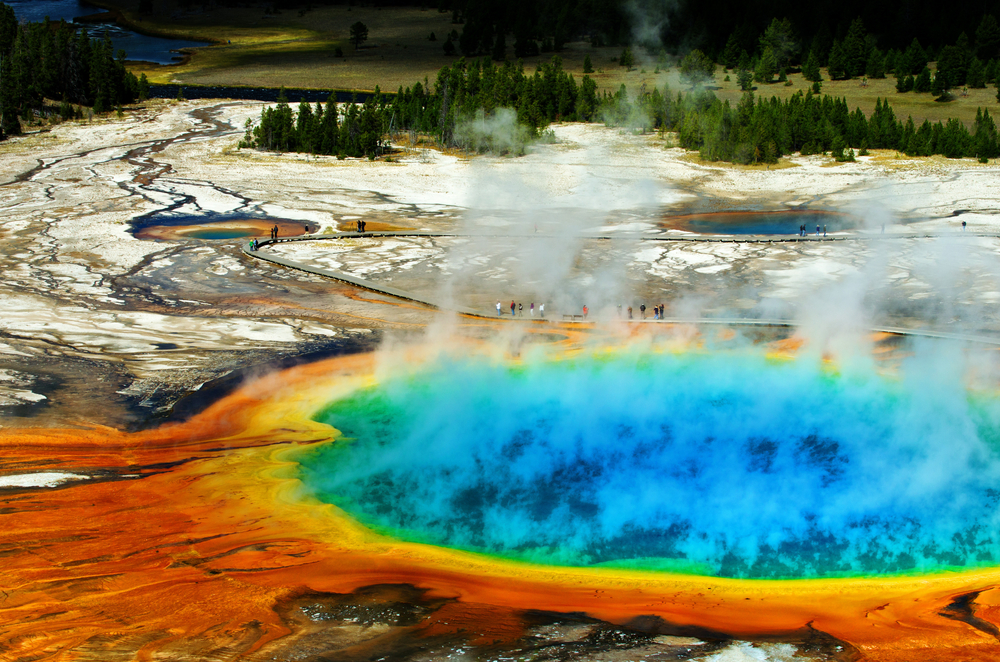
15. Grand Canyon National Park, Arizona
Prepare to be humbled by the grandeur of the Grand Canyon, one of the natural wonders of the world. Carved by the mighty Colorado River over millions of years, this breathtaking chasm stretches for miles, revealing layer upon layer of colorful rock formations. Whether you’re hiking along the rim, rafting down the river, or catching a sunset from Hopi Point, every vista is a masterpiece of nature’s handiwork.
16. Zion National Park, Utah
Enter the realm of red rock wonders in Zion, where sheer sandstone cliffs soar into the sky and narrow slot canyons beckon to be explored. From the iconic Angel’s Landing hike to the serene beauty of the Virgin River Narrows, every corner of Zion is a photographer’s dream. And with recent trends in outdoor adventure, activities like canyoneering and rock climbing have surged in popularity, offering thrill-seekers new ways to experience the park’s breathtaking landscapes.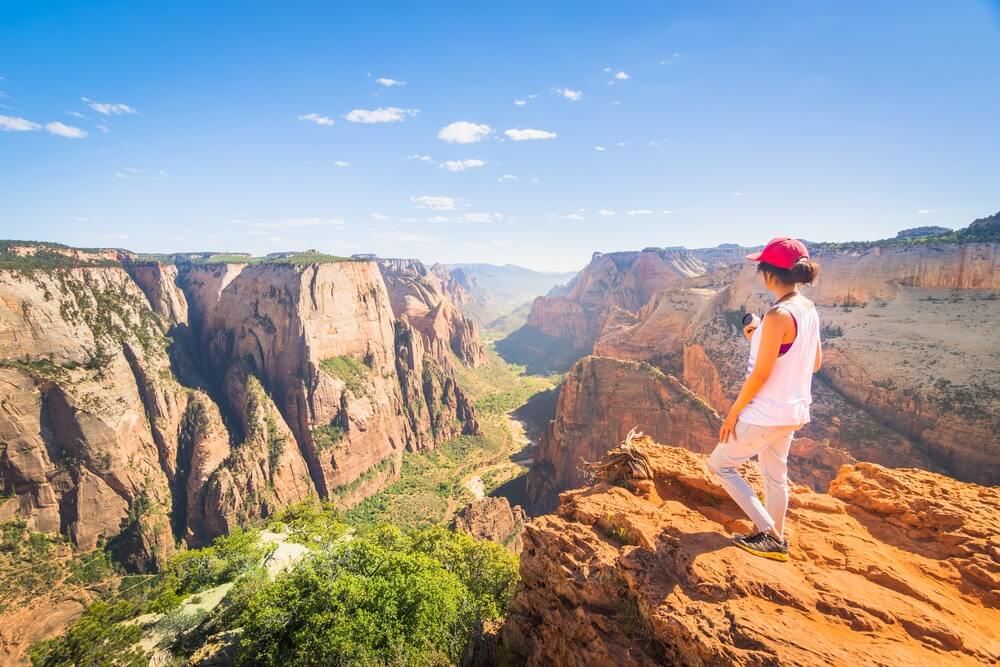
17. Arches National Park, Utah
Discover a world of natural arches, towering spires, and surreal rock formations in Arches National Park, where erosion has sculpted the landscape into a playground of stone. From the iconic Delicate Arch to the otherworldly landscapes of Devil’s Garden, every hike in Arches is a journey into the heart of the desert. And with recent trends in social media, the park’s iconic landmarks have become Instagram sensations, drawing visitors from around the world eager to capture the perfect shot against the backdrop of Utah’s red rock wonders.
18. Bryce Canyon National Park, Utah
Bryce Canyon is a land of hoodoos and surreal rock formations, carved by the forces of wind and water over millions of years. The amphitheaters of colorful spires and pinnacles create a mesmerizing landscape unlike anywhere else on Earth. Visitors can hike along the rim, descend into the canyon on winding trails, or simply gaze out over the vast expanse of hoodoos stretching to the horizon. At sunrise and sunset, the canyon comes alive with a kaleidoscope of colors, painting the rocks in hues of orange, pink, and red.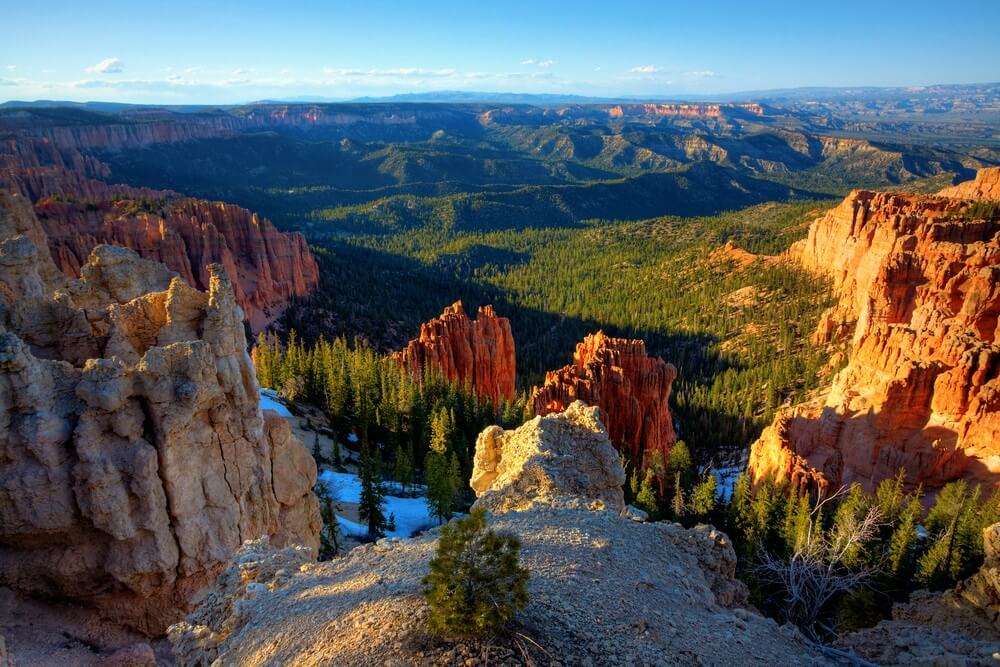
19. Glacier National Park, Montana
Glacier is a land of ice and fire, where towering peaks, pristine lakes, and ancient glaciers create a landscape of unparalleled beauty. Whether you’re driving along the Going-to-the-Sun Road, hiking to hidden waterfalls, or paddling across the crystal-clear waters of Lake McDonald, every moment in Glacier is an adventure. And with its diverse ecosystems and abundant wildlife, including grizzly bears, mountain goats, and bighorn sheep, Glacier offers endless opportunities for exploration and discovery.
20. Great Basin National Park, Nevada
Great Basin National Park is a rugged wilderness just waiting to be explored. From ancient bristlecone pines to mysterious limestone caverns, this park is a treasure trove of natural wonders. Lace up your hiking boots and embark on a journey through diverse ecosystems, where desert landscapes give way to alpine meadows and snow-capped peaks. And when night falls, look up and marvel at the dazzling display of stars above. Great Basin National Park offers a true escape from the hustle and bustle of everyday life, where adventure and serenity go hand in hand.
West Coast National Parks Road Trip Itinerary
Planning a West Coast National Park road trip can be overwhelming with so many incredible parks to choose from. Here’s a sample itinerary that hits some of the most iconic destinations:
Day 1-3
Start your journey in Los Angeles and head east to Joshua Tree National Park, a land of otherworldly rock formations, cacti, and desert vistas. Next, delve into Death Valley National Park, the hottest, driest, and lowest point in North America. Explore the otherworldly sand dunes, salt flats, and Badwater Basin. Finally, head north to Yosemite National Park, a crown jewel of the National Park System.
Day 4-6
Leaving Yosemite, Kings Canyon National Park and neighboring Sequoia National Park. Here, stand in awe beneath the world’s largest trees, the General Sherman Tree in Sequoia and the Grant Grove in Kings Canyon. Continue your journey up the coast to Redwood National and State Parks, home to groves of ancient redwoods, some reaching over 300 feet tall. Take a moment to soak in the beauty of the rugged Oregon Coast with its dramatic cliffs and hidden beaches.
Day 7-9
Continue north into Washington State, where Mount Rainier National Park awaits. Hike through wildflower meadows, explore glaciers, and witness the majesty of Mount Rainier, the tallest mountain in the Cascade Range. Finally, head west to Olympic National Park, a land of temperate rainforests, glacier-carved mountains, and a dramatic coastline.
This itinerary provides a starting point, and you can customize it based on your interests and time constraints. Remember to factor in travel times, park entrance fees, and accommodation options when planning your trip.
You can also consider join National Park tours to plan your vacation hassle-free.
FAQs about West Coast National Parks
How many National Parks are on the West Coast?
The exact number depends on how you define “West Coast” and what type of National Park Service unit you include. There are roughly sixty National Park Service units, including National Parks, National Monuments, and Seashores, stretching from California to Washington.
What is the best national park out west?
There’s no single “best” National Park on the West Coast, as each offers unique experiences and caters to different interests. Yosemite National Park is a classic choice for its iconic scenery, while Sequoia and Kings Canyon National Parks offer a chance to marvel at giant sequoia trees. For a taste of the dramatic Pacific coastline, Olympic National Park or Redwood National and State Parks are excellent options.
Which U.S. state has the most national parks?
California boasts the most National Parks on the West Coast with nine, followed by Washington with three (if you don’t include the slight detour to Zion National Park in Utah).
What is the largest national park in the West?
Death Valley National Park holds the distinction of being the largest National Park on the West Coast, encompassing over 3.3 million acres.
What is the best time to visit West Coast National Parks?
The best time to visit West Coast National Parks depends on the specific park and your preferences. Generally, spring (April-May) and fall (September-October) offer pleasant temperatures and fewer crowds. Summer (June-August) can be hot and crowded, especially at popular parks like Yosemite. Winter brings snow to some higher elevation parks, offering opportunities for winter sports enthusiasts.
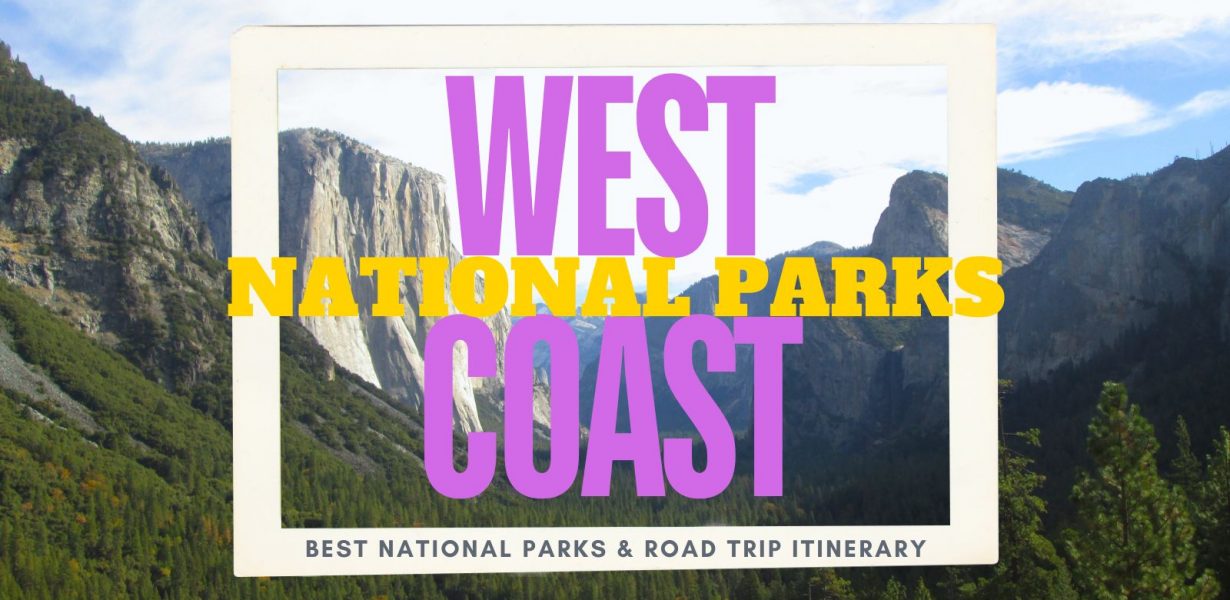






There are no comments.